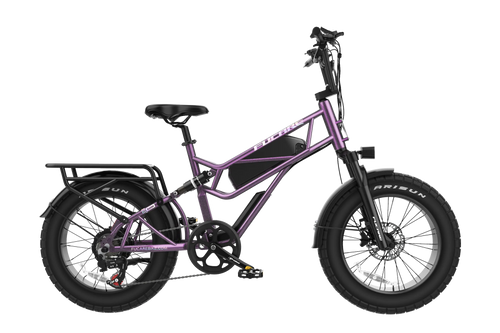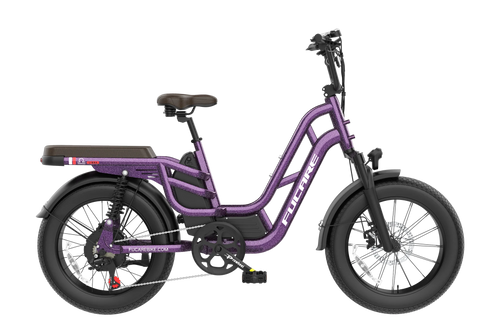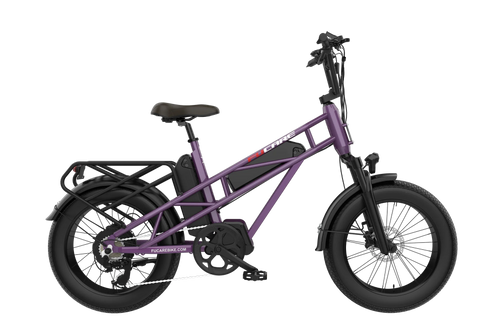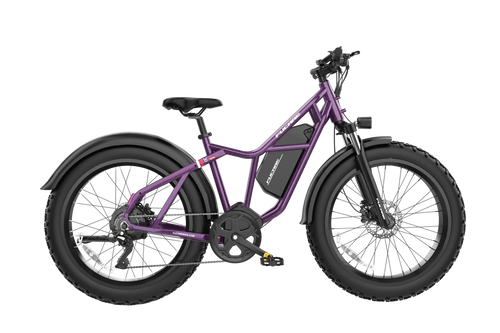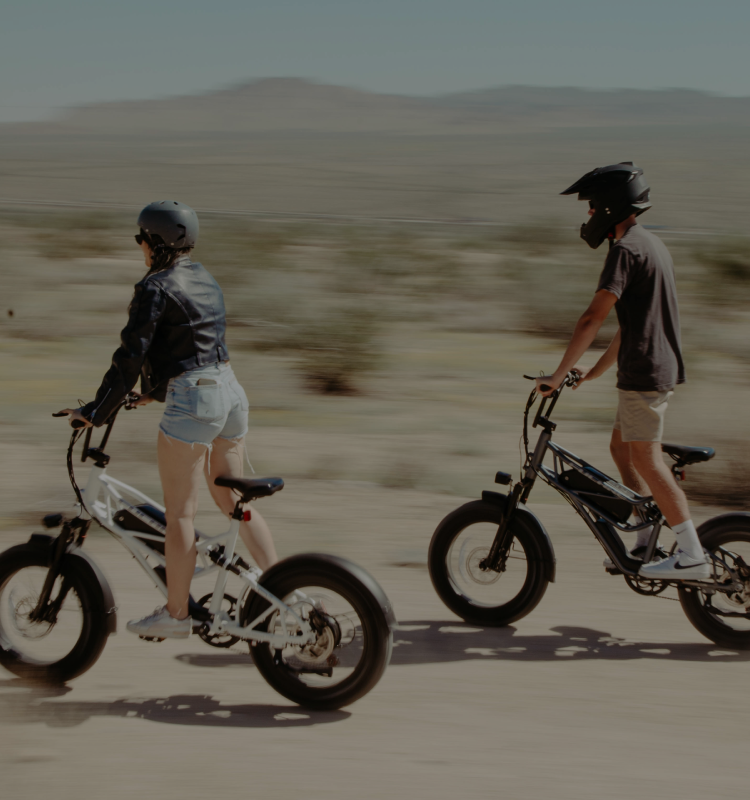Mechanical Disc Brakes Vs Hydraulic Disc Brakes For Ebikes: Which Wins?
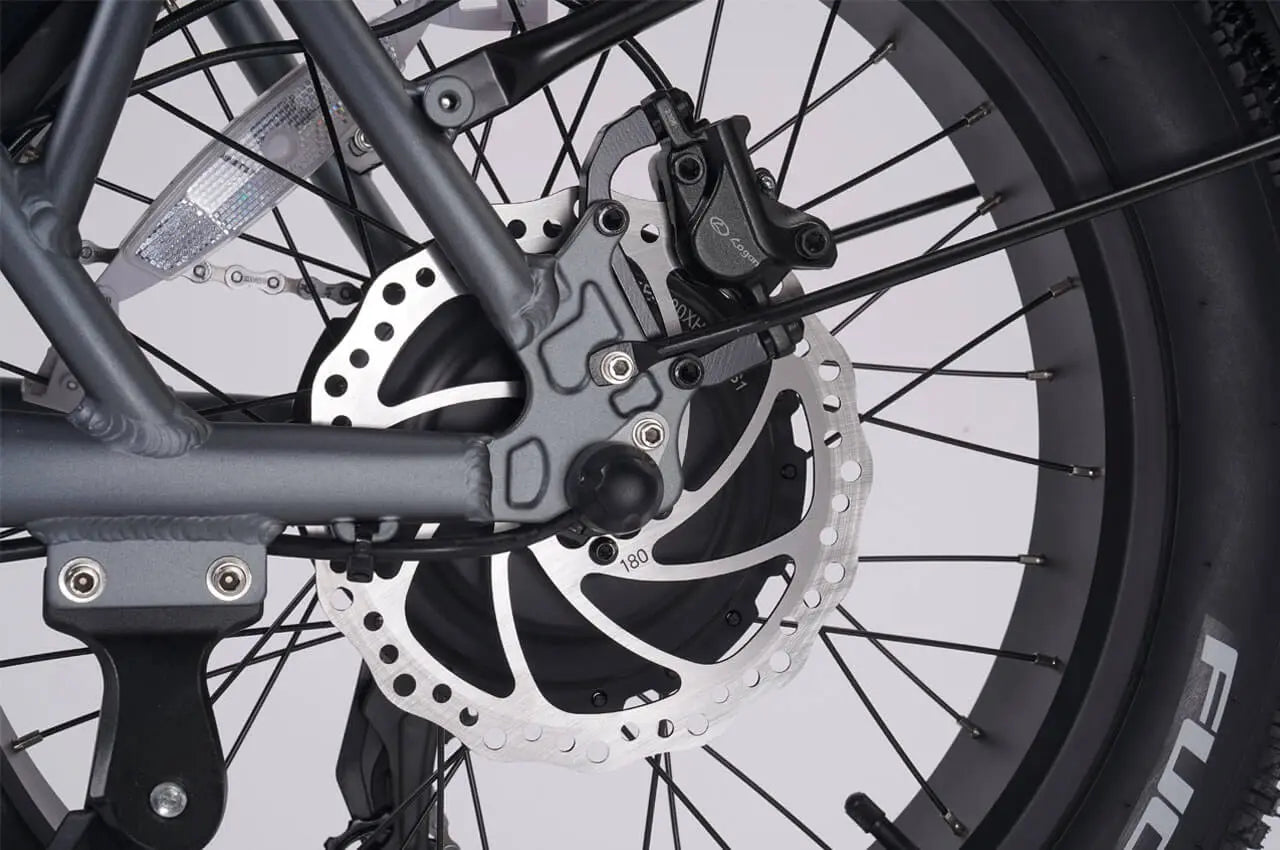
Embarking on the journey of acquiring an e-bike introduces a plethora of aspects to deliberate upon. As the wave of e-bike adoption swells, a pivotal facet that demands attention from both novices and seasoned cyclists is the choice of braking system.
In the realm of electric bicycles, braking mechanisms bifurcate into two principal classifications: mechanical and hydraulic disc brakes. Despite sharing common components such as a lever perched upon the handlebars and a disc rotor affixed to the wheel, the two diverge significantly in their approach to bringing the bike to a halt by applying pressure to the disc rotor.
The decision to opt for one over the other often hinges on a blend of personal predilections, the environment in which the bike will be ridden, and financial considerations. This article sheds light on the key differences between these two popular options, equipping you with the knowledge to make an informed decision and select the braking system that best suits your ebike adventures.

How Do the Brakes of Ebikes Work?
As the name suggests, the brakes of ebikes are generally mechanical anti-slip devices that can slow down the bikes. Electric bikes, like their traditional counterparts, rely on disc brakes to bring them to a halt. These brakes come in two main types: mechanical and hydraulic. Both share the same fundamental principle: squeezing the brake lever on the handlebar activates a mechanism that presses brake pads against a rotor attached to the wheel, creating friction that slows the bike down.
Mechanical Disc Brakes
Mechanical disc brakes operate on a straightforward mechanism where the act of pulling the brake lever tugs a cable, which in turn activates the caliper. This action brings the brake pads into contact with the rotor situated on the wheel, effectively slowing down or halting the e-bike.
Hydraulic Disc Brakes
Unlike their mechanical counterparts, these brakes rely on a fully sealed network filled with hydraulic fluid. Compressing the brake lever in this setup propels the fluid through the system, which then exerts pressure on the calipers. Consequently, the brake pads are pressed against the disc rotor, resulting in a powerful and responsive braking action.
Check Out Our Ebikes With Hydraulic Disc Brakes
Differences Between Mechanical and Hydraulic Disc Brakes

Braking Power and Modulation
Mechanical brakes, with their reliance on cables, encounter inherent challenges such as friction within the cable housing and the possibility of cable stretch over time. These factors can lead to a reduction in stopping power and a less nuanced control over the braking force. Such characteristics may render mechanical brakes less suited for environments where precision and reliability are paramount, such as on rugged terrains or during rides at elevated speeds.
Conversely, hydraulic disc brakes excel in delivering superior stopping power, a direct result of their enhanced efficiency. The design of hydraulic systems allows for the amplification of the force exerted on the brake lever, meaning that the input from the rider is significantly increased by the time it reaches the brakes. Furthermore, the hydraulic fluid used in these systems is adept at minimizing friction, ensuring minimal energy is lost during the braking process. This efficiency not only improves the overall braking performance but also contributes to a smoother and more controllable ride, particularly in scenarios demanding immediate and powerful stops.
Maintenance

The upkeep of mechanical disc brakes on an e-bike involves a bit more hands-on attention. Accumulation of dust, tiny objects, and various debris within the braking system can pose certain challenges, diminishing the stopping power, control, and the overall smoothness of the brakes. Despite these potential issues, the simpler architecture of mechanical brakes facilitates relatively easy maintenance. Adjusting cable tension and replacing worn-out pads are relatively straightforward tasks that can be done with basic tools.
In contrast, hydraulic disc brakes boast a design that inherently adjusts to compensate for the wear on the pads, reducing the frequency of routine maintenance. Casual e-bike enthusiasts might find that replacing the brake pads annually suffices, whereas those who ride more intensively could need to undertake this task multiple times within a single year.
However, hydraulic disc brakes necessitate a more specialized approach to maintenance. Removing air bubbles and maintaining proper fluid levels can be a more complex process. For these tasks, seeking professional assistance from a qualified mechanic is often recommended.
Cost
Typically, Mechanical Disc Brakes are the more affordable option due to their simpler design and fewer components. On the maintenance side, the story remains the same. Replacing worn-out cables costs just a few bucks, and basic bike tools suffice for most adjustments. There's no need to fork out extra cash for costly bike shop visits, empowering you to maintain your brakes with a little know-how and minimal investment.
Hydraulic Disc Brakes generally come at a higher initial cost due to their more complex design and use of specialized components. The maintenance of these brakes also tends to be pricier, given the need for periodic bleeding of the system and fluid replacement, which often calls for more sophisticated tools and potentially professional assistance, adding to the overall cost.
Which Win?
The optimal choice between mechanical and hydraulic disc brakes hinges on your individual riding style and priorities.
If you are a casual rider, commuter, or budget-conscious individual who prioritizes ease of maintenance and affordability, then mechanical disc brakes might be the perfect fit.
However, if you are a performance-oriented rider who frequently tackles demanding terrain, high speeds, or utilizes a heavy ebike, then hydraulic disc brakes are likely the superior option due to their superior braking power, modulation, and control.
Regardless of the choice between mechanical and hydraulic disc brakes, the key to optimal performance lies in diligent maintenance and regular safety checks. A well-cared-for braking system, irrespective of its type, is fundamental to ensuring safety and reliability on every ride.
Continue reading
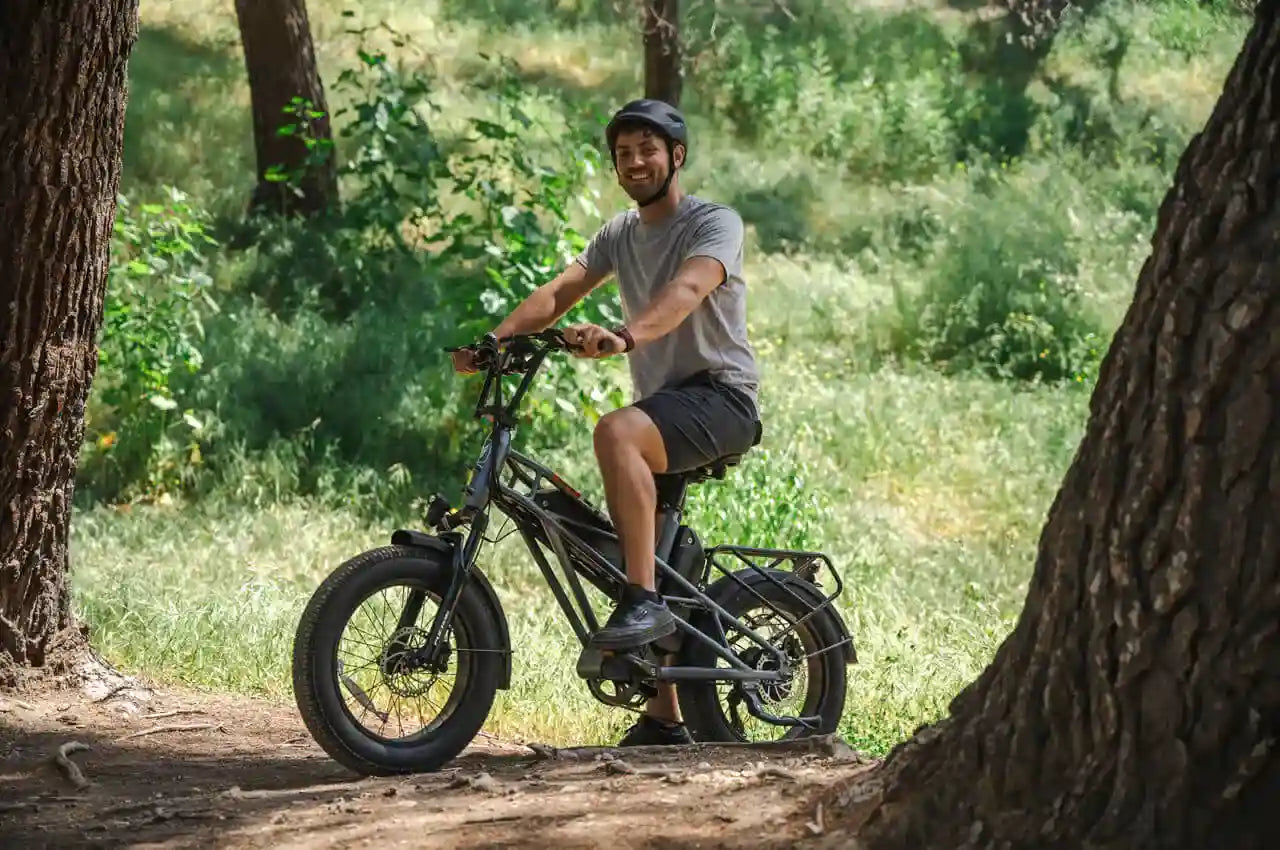
How Fast Does An Electric Bike Go





